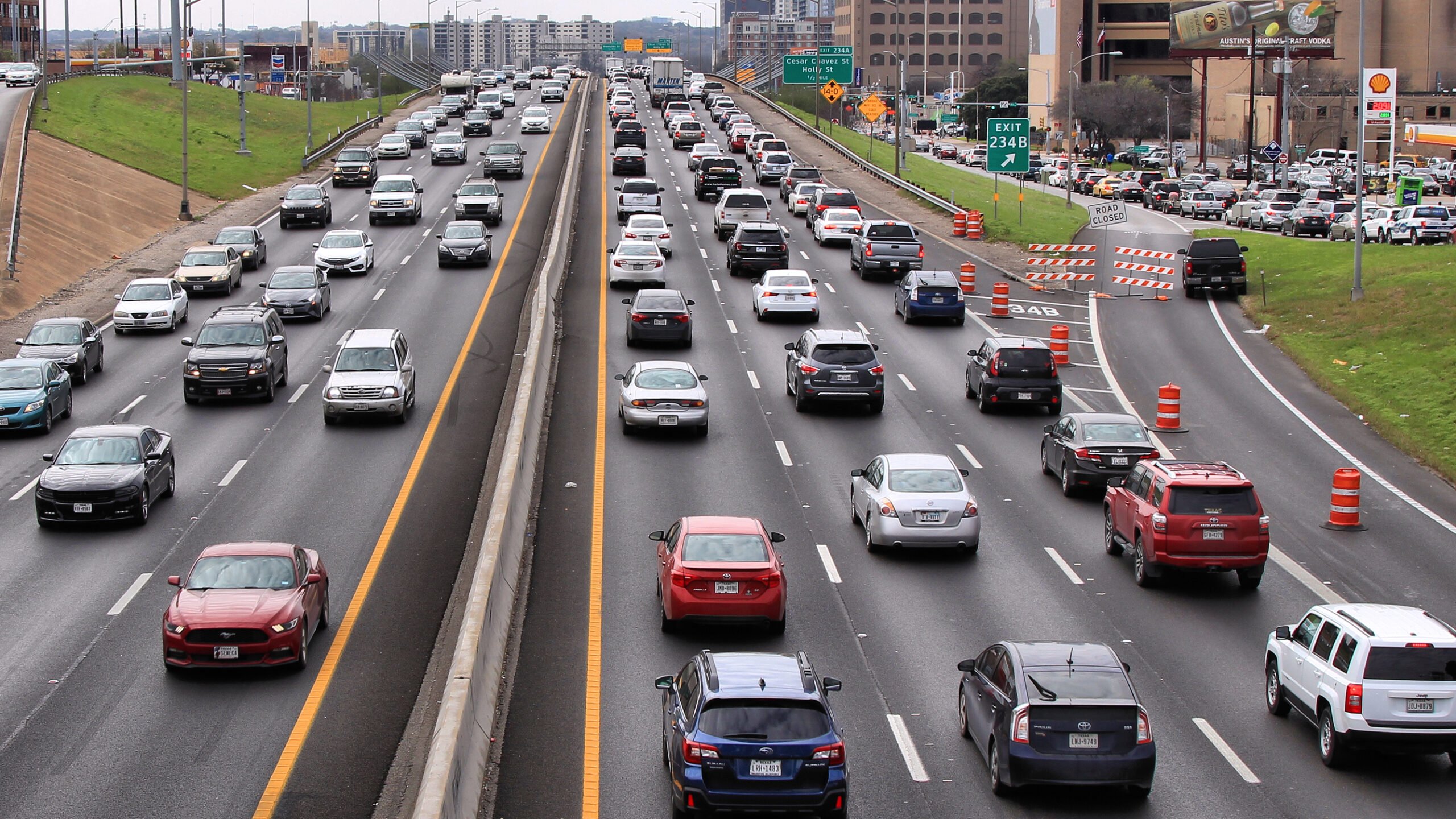
The Lost Reservoir Inside Our Water Infrastructure
Texas could meet much of its future water need simply by plugging leaks.

Editor’s note: This is part of Drifting Toward Disaster, a Texas Observer series about life-changing challenges facing Texans and their rivers.
Water is shaping up to be a priority during the 88th Legislature. Texas weathered its fourth-most intense drought on record last year and entered 2023 with half the state still in drought. Spurred by this precarious situation, a group of House lawmakers recently formed the first bipartisan caucus on water issues. Among other options, they’re eyeing expensive proposals to try and expand the water supply by constructing new reservoirs or building desalination plants.
One expert, Jennifer Walker, is aiming to attract attention to a cheaper but often overlooked option: plugging leaks. After studying biology at the University of Texas at Austin, Walker spent the first 18 years of her career with the Lone Star Chapter of the Sierra Club. She now directs the National Wildlife Federation’s Texas Coast and Water Program. Alongside her day job researching statewide water policy, Walker serves on the volunteer task force helping steer the City of Austin’s water plans.
Last fall, she co-authored an eye-opening report showing that Texas utilities lose more than 500,000 acre-feet of water each year—water that entered the state’s reservoirs, treatment plants, and distribution pipes, but either didn’t reach its destination or went unaccounted for. That lost water, if somehow recouped, would be enough to meet the annual needs of Austin, Forth Worth, El Paso, Laredo, and Lubbock combined.
Walker and her colleagues estimate that utilities could cost-effectively cut the losses in half—savings that would more than meet Texas’ water needs through the rest of the decade, as projected by the current State Water Plan.
The Texas Observer recently spoke with Walker about these findings.
The Texas Observer: What was your inspiration for this research?
Jennifer Walker: Water supply is a huge concern to all of us. Texas is growing at an incredible pace. I think that Texas is really appealing to out-of-state business. Folks are moving here. And this all hinges on a secure and reliable water supply.
Climate change introduces a lot of unknowns and variability. So we need to make sure the things that we already have been working as well as they can, and that this water is reaching its intended destination.
One area that we are focusing on is water loss through our leaky infrastructure. Through our research, we have learned that it is a huge issue. We’re going to be talking to cities about it, to regional water planning at the Water Development Board, and the legislature as well—making the case for investing in this water that we already have in our communities, making sure that we’re not losing it along the way, and that we are banking it to serve future growth. And in the end, make sure that we are preserving our rivers, streams, springs, bays, and fish and wildlife habitat.
Physically, how does this water loss happen? Are we talking about leaking pipes?
There are different ways that water loss can happen. The physical water loss—broken pipes, water running down the street—it’s in our water distribution system, which can range from small yet constant leaks that add up over time to these catastrophic distribution main breaks.
All this water that we’re losing through our distribution systems, we are pulling out of groundwater, we’re transporting from somewhere else, we’re pulling out of a reservoir, putting it in our water treatment plant, and distributing it. So there are a lot of embedded costs.
What are the places with the most water loss currently?
We have separated water utilities by size: very large (above 100,000 population), large, medium, and small. There are 41 very large utilities. But [those have] half the connections in the state. The gallons lost per connection—like to my home, your home—per day are higher in these very large areas. So you can look at Dallas-Fort Worth and Houston, and these big centers. That’s where a lot of the opportunity is.
But from an equity perspective, and not wanting to waste water anywhere, there’s a lot of opportunity across the state and across size classes to improve.
So you’re less concerned about geographic regions—you’re looking at individual utilities and their sizes and what they’re capable of doing.
Yes. And then I can immediately contradict myself to say regional water planning is a really important process. And we are going to encourage each of these regions to affirmatively include water loss mitigation as a strategy. This is the water we already have. Let’s not lose it through our distribution systems. Let’s be as efficient as we can before we have to start looking up and around to bring new water supplies in.
That brings me to the costs and the cost savings. You’re talking about things that you think are reasonable to do within utilities’ budgets. Is it possible to say how much preventing this water loss would cost?
There are different interventions you can do. You can replace meters that are underreading, so you have an accurate count of water—you’re not losing revenue for water you’re treating. You can do leak detection and repair. There are a lot of different ways to find leaks. The city of New Braunfels has a really cool program where they’re using satellites.
In the end, this is a water supply. You’re increasing your supply by not losing it. If you’re not losing that water, you’re selling that water. That helps. And then you’ve also got that water waiting there as your city grows—and most cities in Texas are growing—to meet the demand as more and more people move into the community, without having to go and get additional supplies.
The other factor is that additional water supplies are more and more expensive as supplies become more and more limited. Maybe in the past, it was economically more acceptable not to focus on this problem. But I don’t think that we have the luxury to do that anymore. Water supplies are tight.
So we have to be really judicious with all the gallons of water that we have. And we also have this opportunity with the federal infrastructure bill. We’ve got almost $3 billion coming into the state over the next three years for water infrastructure. And we would like to see that go toward shoring up our water distribution systems.



